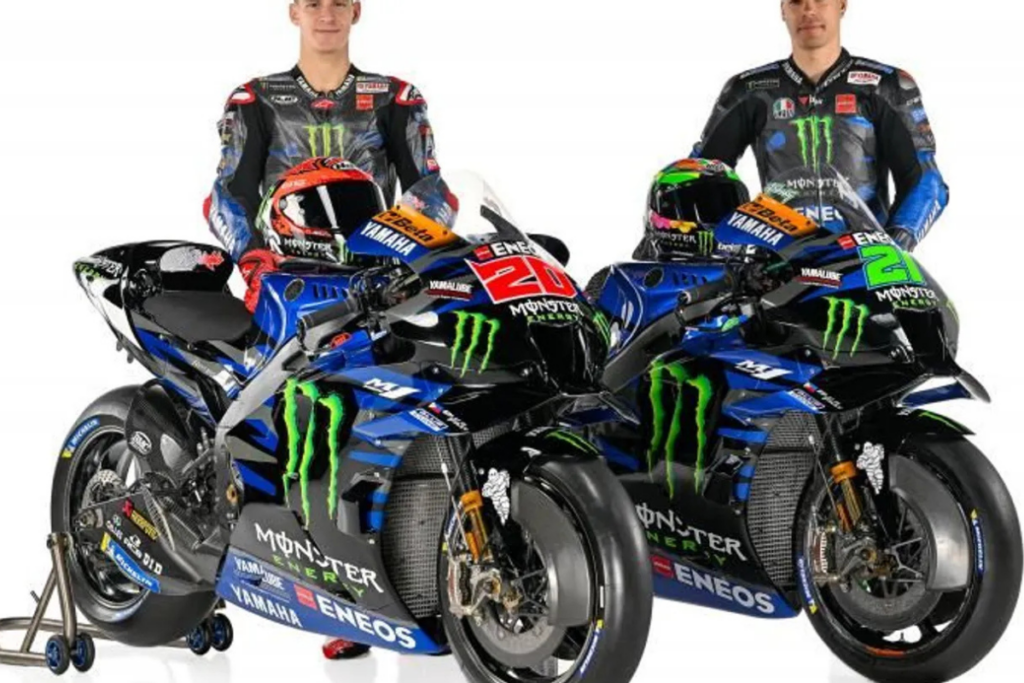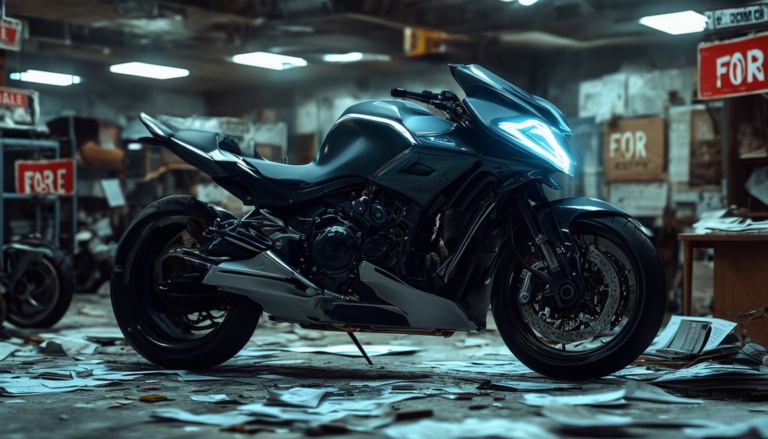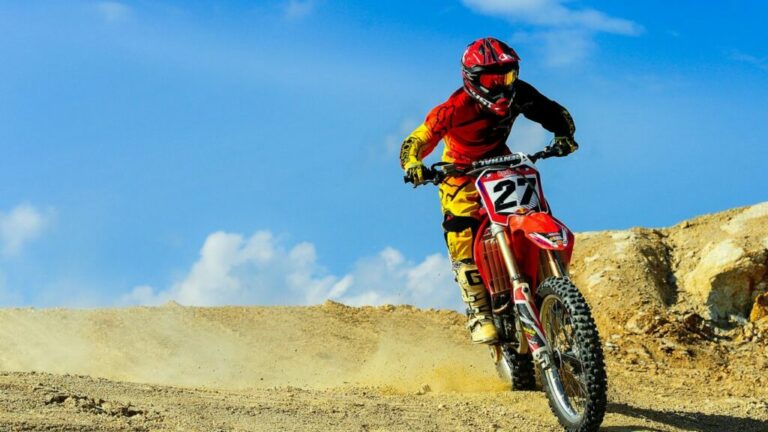MotoGP 2025: Yamaha Enhances M1 Performance with Redesigned Rear

The 2025 MotoGP preseason brought its share of surprises, with Yamaha catching significant attention through a technical innovation that might just revolutionize its bike, the M1. This year, it’s clear that Yamaha isn’t afraid to shake things up in the race to the top. The main change? Relocating the control unit under the tail of the bike. It’s a bold move aimed at enhancing stability and rear wheel performance, but will this ingenious strategy be enough for Yamaha to compete with the paddock heavyweights? Let’s dive into this innovation and take a look at the bike’s other developments as well as the team dynamics.
Yamaha: New Design for the M1
You can guess, the design of a motorcycle is crucial. It can be the difference between a bike that leads the pack or one that falls behind. In 2025, Yamaha made significant esthetic and technical changes. Notably, the rear underwent a bit of a revolution. Gone is the “vintage” design that made the M1 famous during the Valentino Rossi years. The old-school tail is out, now replaced by a modern shape inspired directly by Ducati aerodynamics.
But it’s not just about the looks. Yamaha has moved the control unit, batteries, and all the wiring under the bike’s tail. A strategic alteration to rebalance the weight distribution. The result? Potentially better traction and rear wheel stability, especially when exiting curves. It’s a risky gamble, as corner entry might suffer. Yet, based on the tests conducted, it seems promising enough to believe in.
Technology at the Service of Traction
This is where the magic happens. For years, Yamaha struggled to find the right formula to maximize grip and acceleration, particularly on surfaces with reduced traction. Luca Marmorini, Yamaha’s new technical director, shook things up by moving heavy components toward the bike’s rear. Essentially, the center of gravity of the motorcycle has been adjusted to enhance rear wheel traction.
The initial preseason tests results indicate this strategy is paying off. Although some tests in Buriram weren’t overwhelmingly successful, the M1 showed promise at Sepang and in Thailand, competing with the circuit’s top bikes. If these results hold during the season, Yamaha could surprise us all.
Innovations Inspired by Ducati and BMW
Let’s talk aerodynamics. Yamaha didn’t just stop at adjusting weight distribution. The team tested a new front wing inspired by BMW M 1000 RR of Toprak Razgatlioglu. This three-element lower wing, tested during preseason, might even make its race debut. Sure, some have viewed this innovation as a bit ahead of its time, but if you don’t try, you won’t know! Ideally, it could bring an extra performance boost, particularly in fast corners and accelerations. This is what makes this MotoGP season even more thrilling: Yamaha is daring, experimenting, and seems ready to play the innovation card to aim for the top again. Though the path is fraught with challenges, these new ideas could offer a substantial boost to the M1.
“`




